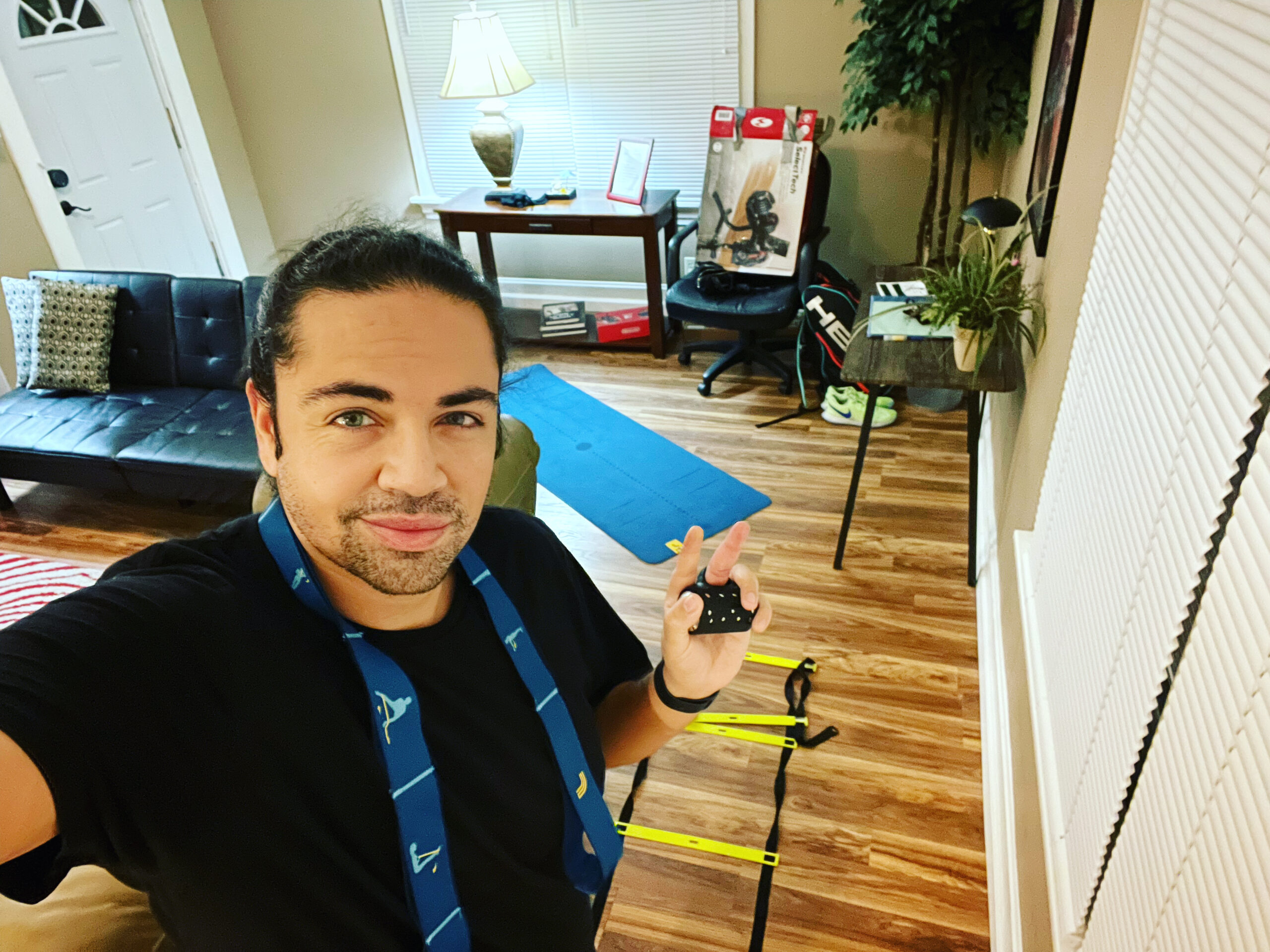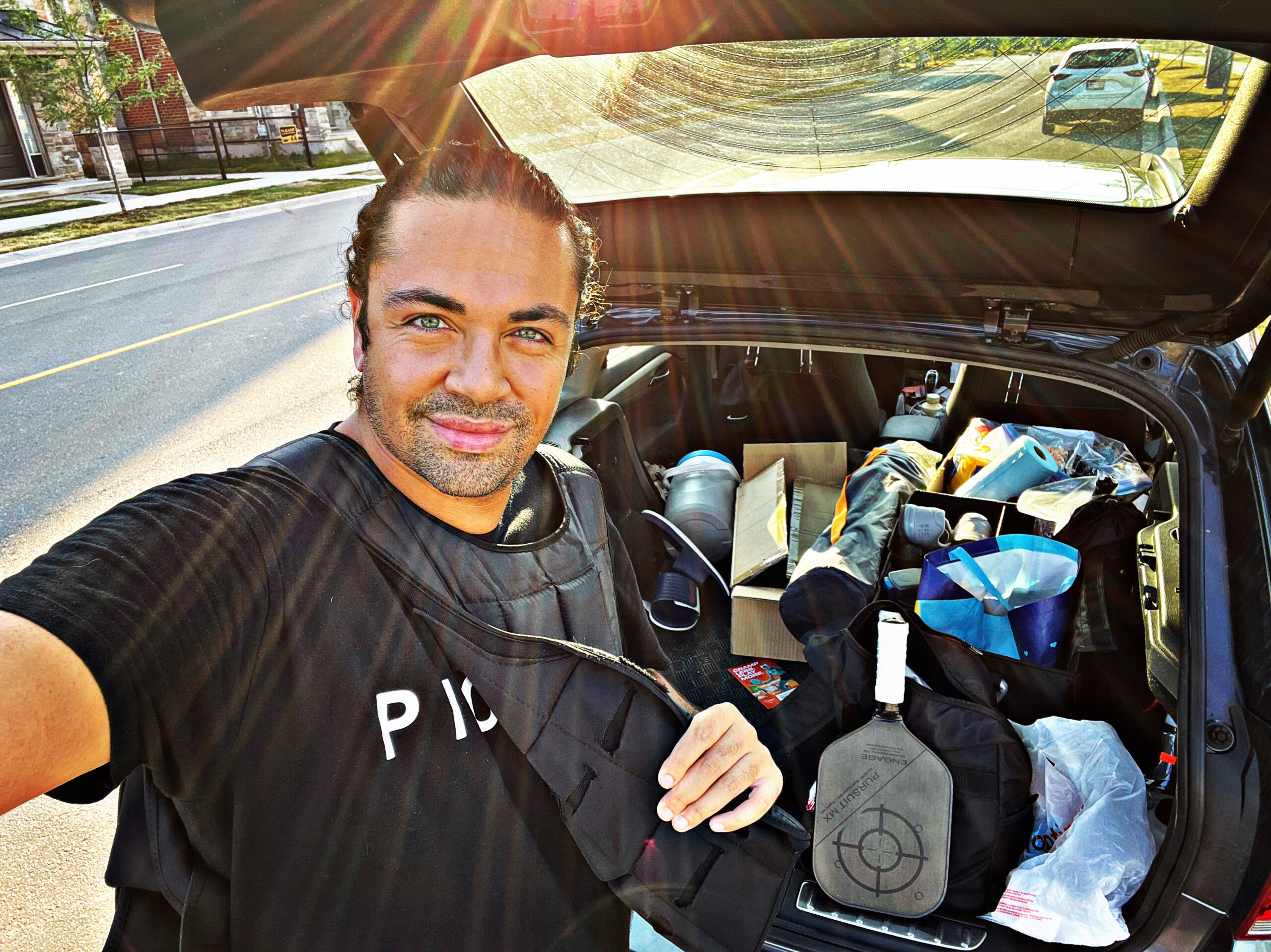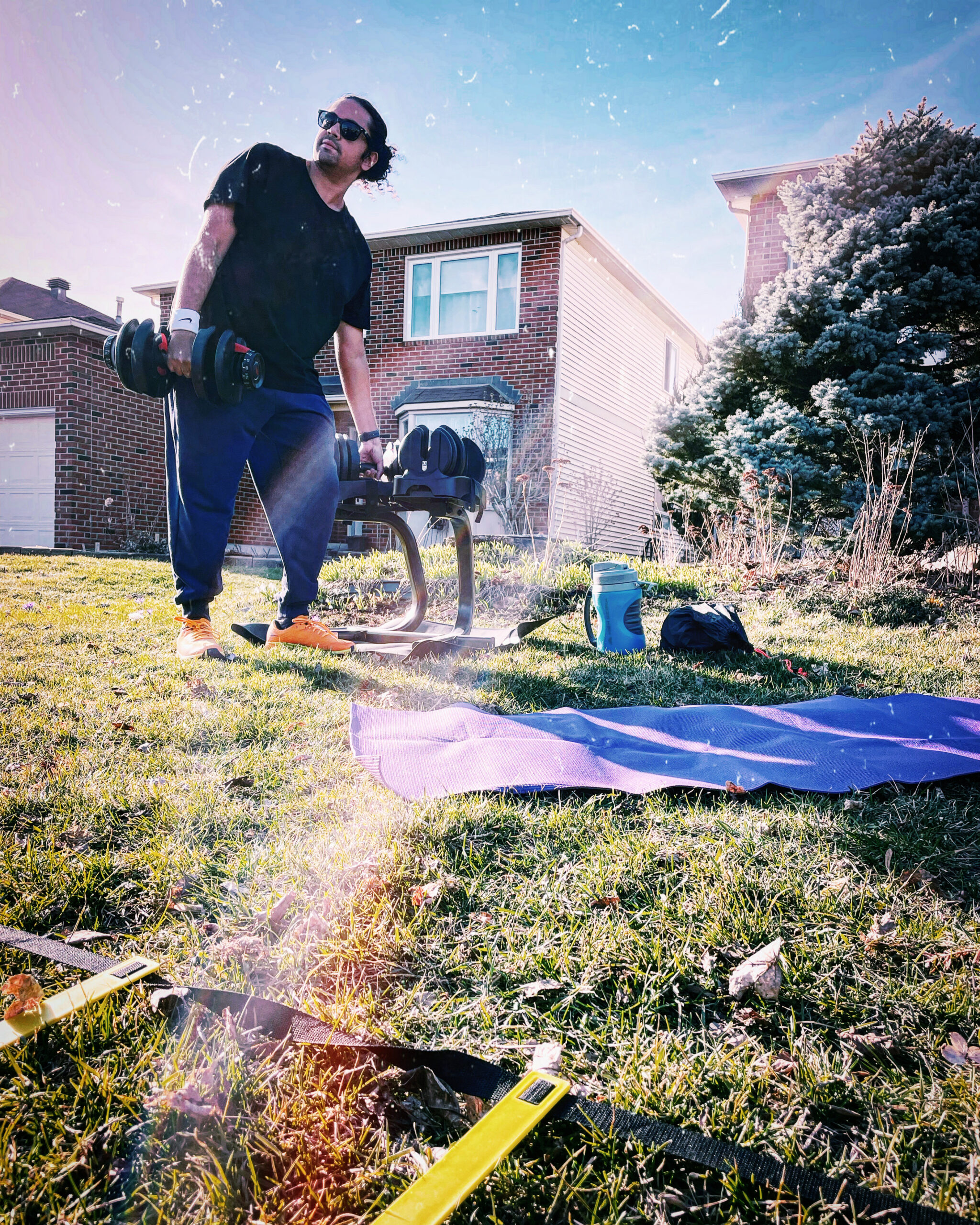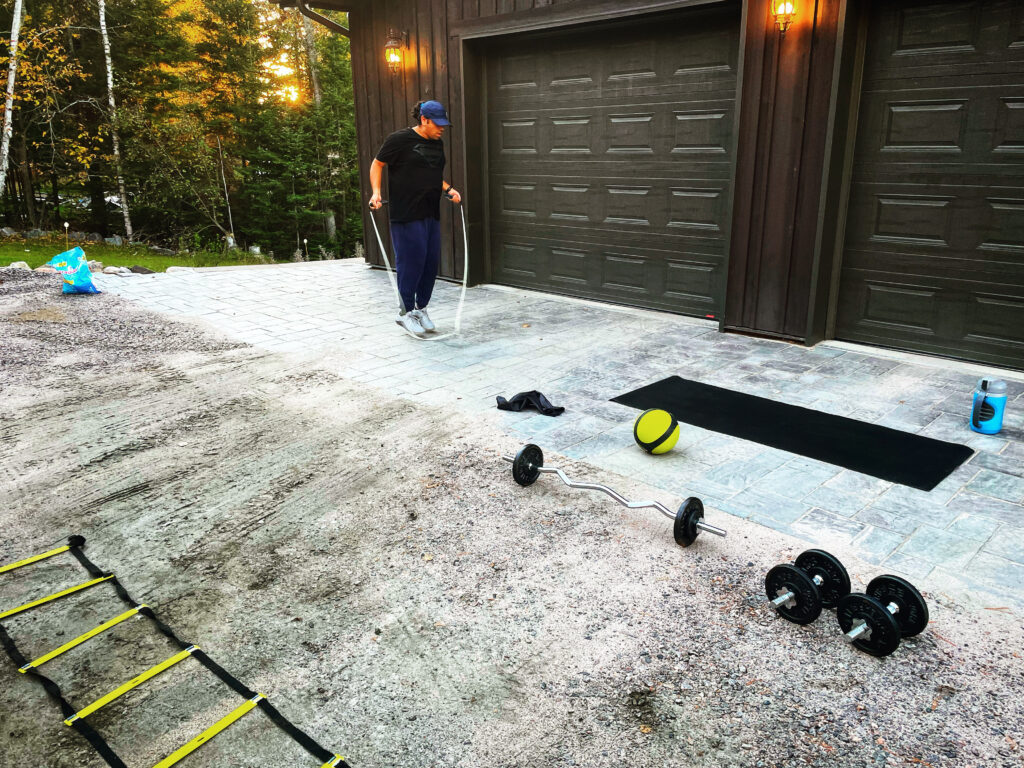Packing fitness into your lifestyle
When lockdowns became the reality (and eventually the norm) in 2020, it had an immediate and challenging impact on many aspects of life beyond our homes — including access to regular team sports, athletics facilities, and, of course, gyms.
For a society in which many people rely on their local gym for everything from maintaining regular fitness, to stress relief, to higher-level sports training, this was a massive shock to the system — and particularly for those living in city centers. For these folk (myself included) a home gym isn’t possible in an apartment or condo, and access to green space for training isn’t quite as simple as it might be outside your regular concrete jungle (especially when you’re looking for one large enough to maintain physical distance).
Even now, with work-from-home culture here to stay, hitting the gym and maintaining fitness often isn’t as streamlined or as easy to integrate as it was previously. If your home life and work life is in the same place, hitting the gym after work comes with a little more inertia.
For myself, with regular travel scheduled for community engagement and tournament play, a solution was also imperative. When on the road, I often find myself without access to a gym… but still with the need to maintain fitness and training off the pickleball court.

My solution: Investing in a portable workout kit that can be scaled up for workouts in and around the home or trimmed down for fitness on the road.
Now, this isn’t quite as easy as it sounds, because there are some strategic considerations to take into account to be really effective with this approach:
- On a practical level: You need your kit to be easy, lean, and mobile — it should be something that’s easy to carry, quick to pack and maintain and, if you’re driving, take up minimal room in your car (or, if you’re flying, fit into an airplane carry-on)
- On a strategic level: You need a kit that can replace (or at least maintain inputs from) your regular workout or fitness training — that means it needs to be able to hit all of your target workout territories

To help this investment in more integrated fitness pay off, I’d recommend three steps:
- Plot out your workout territories: This step is all about your objectives, what are you looking to achieve through fitness… and what equipment do you need to fulfill that vision? If you’re looking at general fitness, you want to ensure you have the right training tools to hit, for example, all your major muscle groups with enough flexibility to allow for multiple types of exercises that will keep your workout fresh and provide ongoing variety (especially if you need to rely on your kit in the medium-to-longer term). If you’re training for a sport, then you need to investigate replacement exercises for your planned sports-specific training. For myself, with a focus on and ambitions in pickleball, that means that my kit is built around speed training, agility development, building hand-speed and hand/eye coordination and continuing to grow athletic intelligence.
- Assess your environment(s): Once you know the type of fitness you need the capacity to build, the next piece is to look at what you already have at your disposal. This isn’t about equipment that already exists at home, it’s about the environment you’re in now — and the environment you’re like to be in, in future. For example, at home in Ottawa I have walking access to a park, a roadway, some trails, and a small hill. At my previous home in Toronto, I had a short, shared driveway, my own parking spot, and a wall. During a recent trip to compete in Pittsburgh, I intentionally selected an Air BnB option that had a small backyard to allow for some pre-event training. In my upcoming trip to Atlanta, I’ve found a spot with a gym in-building to allow for more robust training. In many ways, your environment dictates how you’re able to exercise and what equipment is feasible to use. It also dictates a bit of what you can do by leaning into one of the most versatile and valuable tools for fitness you have: your own bodyweight. Once you’ve mapped out your natural workout environment and taken the additional step of plotting out feasible bodyweight workouts within that environment, then you can move onto the next step and being to supplement with equipment.
- Invest in equipment: There’s a lot you can buy, so the key here is to be strategic. You need equipment that’s easy to carry and also provides enough versatility that you can construct an effective and varied workout program either as a one-time replacement or as an ongoing adjustment to your fitness schedule. That means finding simple equipment that can layer on to what your body can’t do itself, naturally. For me, I tend to invest in equipment that increases resistance to motion, provides frameworks for exercises (an agility ladder is one of my favourite things in the world), supports your goals on multiple levels (two tennis balls can improve focus, hand/eye, and hand-speed), and creates opportunities for passive elevation of your workout (like adding extra weight to your body while training in a way you had already planned to train. I also tend to build out my equipment for multiple scenarios — with gear that stays at home or local, and gear that I can easily carry with me on my travels (you’re not going to drop a pair of dumbbells in your suitcase). For your reference and as a thought starter, I’ve included the gear in my kit, below.
Mobility and flexibility are, for many, more of a priority than ever — which means that having your capacity to train tied to a single bricks-and-mortar location is impractical at best, detrimental to your fitness goals at worst. Having a home for your training is immensely valuable, but setting yourself up for success to continue to maintain and even grow your fitness while on the move will only make you stronger (literally and figuratively).

What’s in my kit?
- Weighted vest, up to 40lbs — at home + driveable travel
- Agility ladder — at home + all travel
- Resistance band, up to 50lbs — at home + all travel
- Resistance bar, approximately 5-10lbs — at home + all travel
- Palm weights, 1.5lbs (for shadowboxing) — at home + driveable travel
- Jump rope, 0.5-1lbs — at home + all travel
- x2 tennis balls (hand/eye and hand-speed) — at home + all travel
- x2 vector balls (hand/eye and athletic intelligence) — at home + all travel
- Programmable lights (hand/eye, hand-speed, agility) — at home + driveable travel
Mo Waja — RockTape Ambassador, sponsored pickleball athlete; Instagram: @iammowaja
